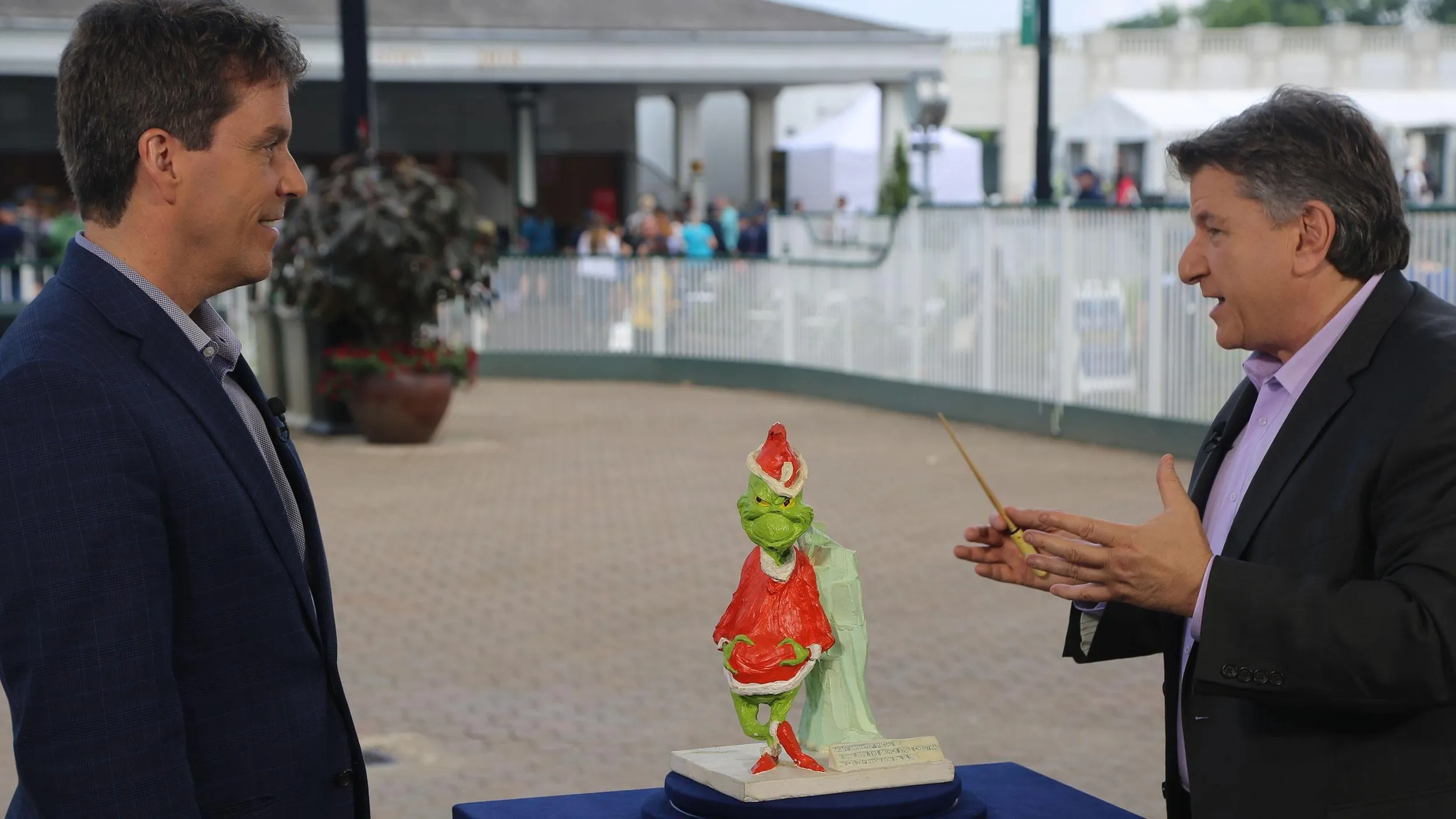GUEST: This mandolin belonged to my grandfather. His father was a coal miner in Midland, Maryland, a small town in Appalachia. And my grandfather built homes for the miners. And he would play the four-string guitar himself. On Saturday nights, he would walk up the railroad tracks to a man named Mr. Hunt. The two of them would play together. Mr. Hunt played the banjo. And we believe that in 1933, my grandfather was given possession of this mandolin. We don't know if he bought it or if it was a gift, but it came from Mr. Hunt.
APPRAISER: It's a symphonic harp mandolin, and it's a very rare item. The design for this, which is, you can see, is very unusual with the, with the harp arm, is by a man named Knutsen, who was from Seattle, Washington, and Tacoma, Washington.
GUEST: Uh-huh.
APPRAISER: That was done back in pre-1900. He made about 160 harp guitars over his career, but I don't know whether he ever actually made one of these. But he did patent this design. He had an idea that this was an enhancement of the sound to have all of this extra sound chamber and an extra sound hole. Nowadays I think people would agree that it probably doesn't necessarily enhance the sound or playability. These are largely decorative musical instruments. They are playable, and they do sound okay, but a person wouldn't buy this for the sound strictly. And he licensed this design to a couple of brothers from Chicago who had immigrated from Scandinavia, from Sweden, named the Larson brothers, Carl and August Larson. They came here in about 1880. And they worked as luthiers in Chicago for different companies making guitars and other stringed instruments. The Larson brothers started making these instruments under contract, under license from Knutsen. This harp mandolin was actually made in about 1909 to 1910, and it was made for sale by the Dyer Company in Minneapolis-St. Paul. This has a label on it that says, "Symphonic Harp Mandolin," which they discontinued the "Symphonic" around 1911 or thereabouts, so that's how we date this. It's also listed as serial number 146. They started at number 101. I checked with a couple of friends of mine who have been long time in the business and have sold a lot of harp guitars, and they'd only seen two of these. So this is a very rare instrument. It has a spruce top and bone purfling, abalone inlay, fancy pearl inlays on the ebony fingerboard. And I believe it's rosewood back and sides. Larson Brothers are very, very collectible and very desirable makers. Do you have any idea what it's worth today?
GUEST: I contacted a man on the internet about five years ago to get an idea, and he said without actually seeing the mandolin in person, he really couldn't say. He thought maybe in the $5,000 range, but it depended on who would want it, what the condition was, and what the sound was.
APPRAISER: It needs a little bit of restoration. Has a couple of cracks that need to be repaired. But in general, it has good, playable action and is in pretty nice condition. So on the retail market today, I would say that this is probably worth about $7,500.
GUEST: Oh, that's wonderful.
APPRAISER: I've never seen one personally, and I'm really glad that you brought it in to the ROADSHOW today.
GUEST: Thank you.



